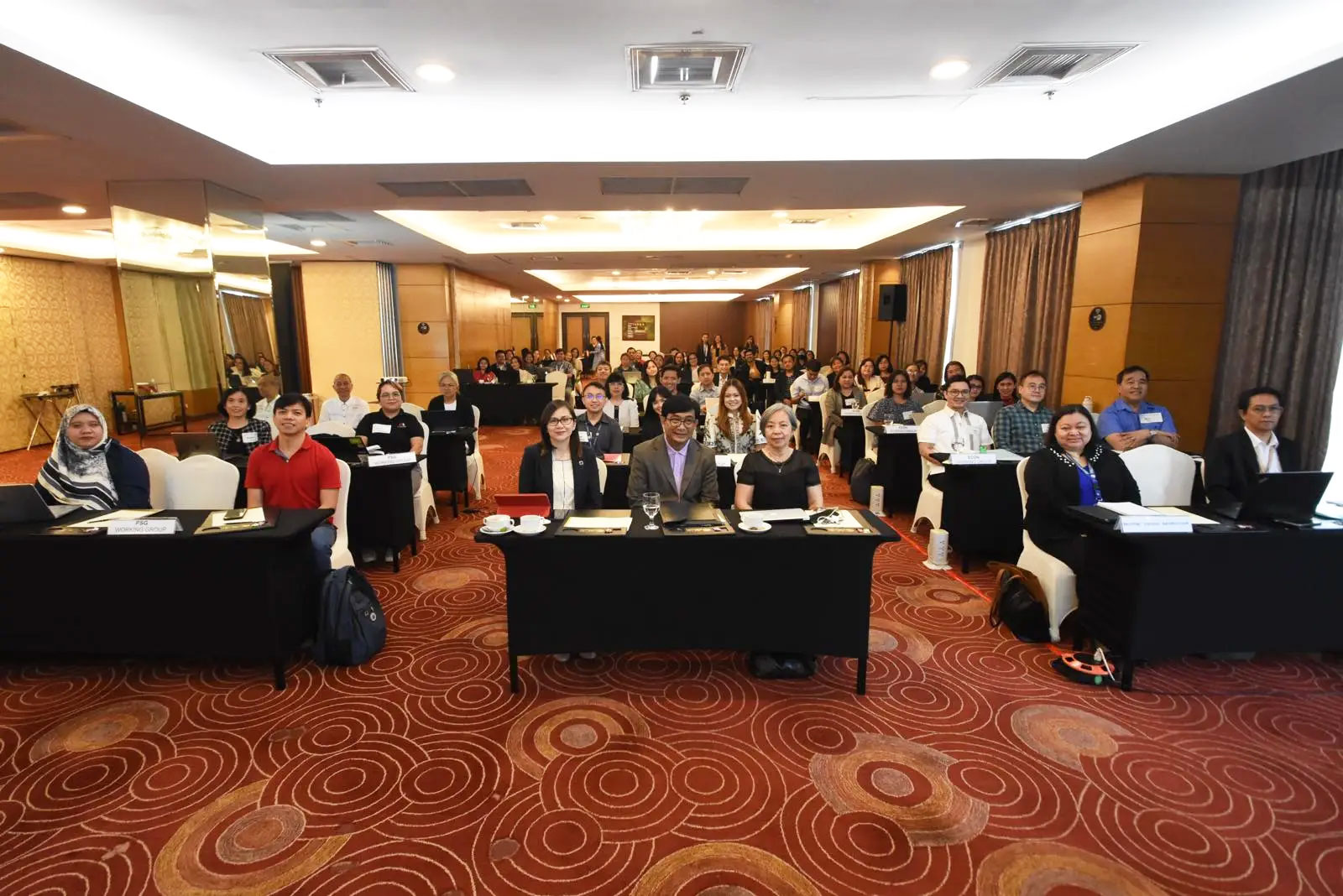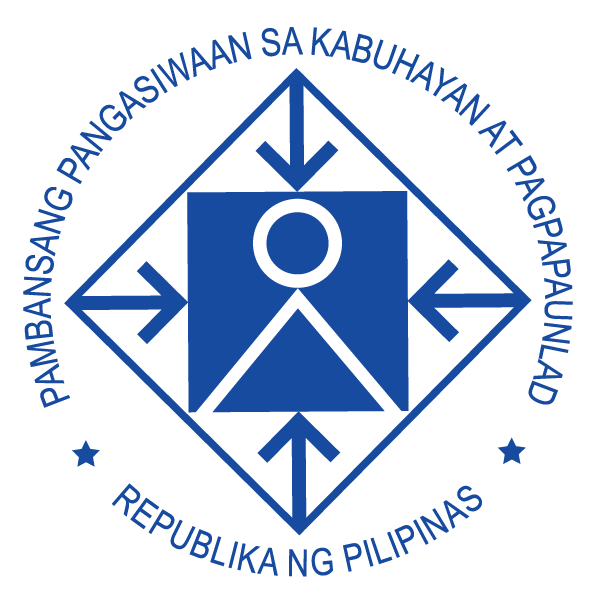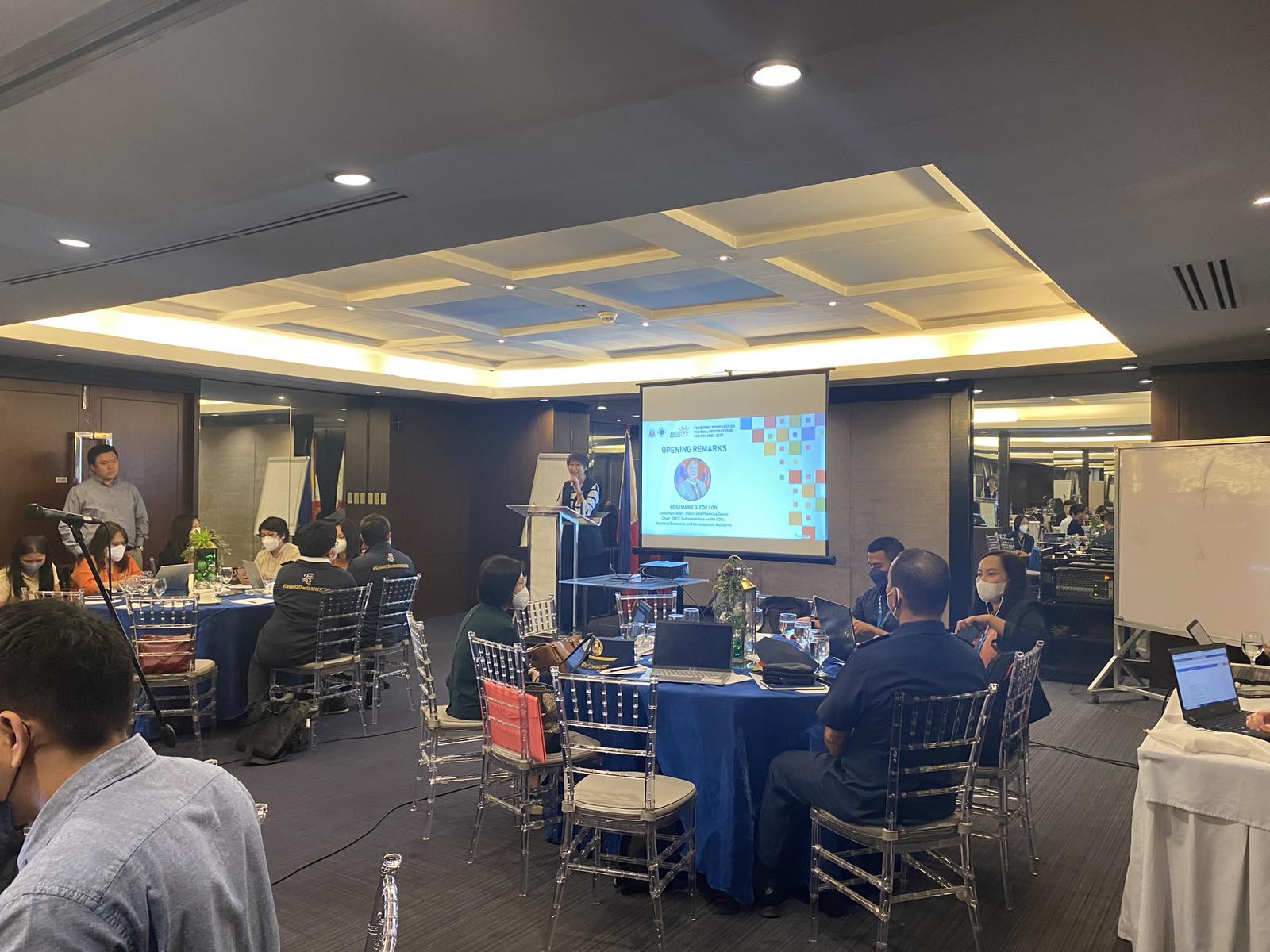SDG Faces
The Philippines Development Plan (PDP) 2017-2022, is not only anchored on the national long-term vision, or AmBisyon Natin 2040, and on the Duterte Administration’s 0-10-point Socioeconomic Agenda, it is also informed by the Sustainable Development Goals. 63 of the global SDG indicators are reflected in the PDP. Given that the Philippines has a decentralized form of government, the Department of the Interior and Local Government (DILG) is responsible for localizing the envisioned results of the PDP 2017-2022, including integrating the selected SDG indicators of the PDP into the provincial results matrices, plans and budgets. A platform on SDG localization was established in 2015 that brought together national government agencies such as the DILG, Philippine Statistics Authority, The National Economic and Development Authority, Commission on Human Rights, League of Provinces, CSOs, Academic Institutions, to design an SDG localization approach for the Philippines.
The experiences from MDGs has helped DILG to support localization of SDGs in over 34 cities since 2015. During the MDG era, it led the localization of MDGs and prescribed a framework for local governments focusing on the entire policy and implementation cycle – policy support, planning and budgeting, and monitoring and reporting. In collaboration with the Local Government Academy (LGA), the League of Cities of the Philippines, and with technical support from UNDP and UN Habitat, launched and implemented the MDG Family-based Actions for Children and their Environs in the Slums (MDG FACES). Initially implemented in 15 cities in 2008, it expanded to 127 cities by 2015. In 2016 several consultations and workshops were conducted by LGA and UNDP towards transitioning the cities to the SDGs.
SDG – FACES focuses its intervention on children in urban poor communities in cities. The success of the SDGs can be best manifested in the face of a child. The FACES programme seeks to address multiple deprivations faced by children by focusing on the lives of 20 girls and 20 boys from poor households and uses the data collected to design targeted programmes to address multiple depravations faced by children. Women plays central role in implementation and monitoring of the FACES project and helps to develop quick response actions and solutions to address the needs of the children. The lives of the children and their respective households are tracked and monitored till the year 2030 to check if reforms are successfully implemented and have benefitted the households. Mothers, and third-party monitors called integrity circles monitor progress.
The LGA developed a manual for implementing the FACES approach made up of several tools:
- SDG Baseline: building on existing poverty profiles of local governments, a baseline is put together on the priority SDGs of the city. Some cities utilized their existing Community Based Monitoring System (CBMS) Data and administrative reports on sectors such as health, education, WASH, peace, environment, disaster risk reduction.
- Family and Child Selection Criteria: Cities formulated their respective criteria. The criteria include parameters of families and children who are left behind, such as:
- Families who are not recipients of any government program and those implemented by CSOs.
- Families with children with disabilities and special needs.
- Children who suffer from multiple deprivations – undernourished, not in school, sickly, etc.
- Family Survey Tool: Based on the selection criteria, the city government and community partners conducted a survey of prospective families who are qualified to be part of SDG-FACES. The results of the survey was used to choose the 40 families.
- SDG Family Covenant: qualified families commit to help their respective local governments attain the SDGs by way of a covenant. The family choses which SDG they are committing to help achieve at the household level to improve the lives and the future of their children.
- SDG Child Report Card: each of the 40 children enrolled in programme are monitored based on the priority SDGs selected by the families. Upon enrollment of the child in the programme, a baseline is established on the condition of the child. Thereafter, the child is monitored on a monthly basis to track progress related to his health, education, environment and the other indicators related to the SDGs.
- Quick Response Tool: The quick response tool is a guide for parents in accessing necessary services that the family will need from the city government.
- Guide to Implementing SDG Demonstration Projects: teaches the 40 families on how to implement projects in their respective communities that will help attain the SDGs.
Programme Results:
Now on its second year of implementation, the city governments were able to:
- Update the City Poverty Baseline and align the city poverty monitoring system with the 17 SDGs.
- Raise awareness of the 2030 Agenda and the 17 SDGs through city-wide consultations.
- Policies on Localizing the SDGs at the city level have been formulated and are in force. The policies include:
- the formation of city-level technical working group for SDG FACES;
- passage of an annual sustainability plan and budget for the SDGs
- City level targets on the SDGs have been established, along with household level targets.
- Alignment of SDG Targets with City Plans and Budgets.
- City Council Resolution adopting the SDG Targets.
- Institutional development and capacity building of women and men and communities, Barangay Councils, City Planning Development Office, City Municipal Social Development and Welfare Office.
- Established partnerships with CSOs.
Contact Persons:
Thelma Vecina
Executive Director
Local Government Academy
Sally Jumalon
Chief, Training Division
Local Government Academy
Emmanuel Buendia PhD.
Team Leader – Democratic Governance
UNDP Philippines
——————————————-
Related Articles

Central Luzon Regional Stakeholders’ Chamber on the SDGs convenes its organizational meeting
NEDA 3, as RDC III Secretariat, spearheaded the conduct of the organizational meeting of Regional Stakeholders’ Chamber on the Sustainable Development Goals (SDGs) on 25 September 2024 at Residencia Romero, City of San Fernando, Pampanga.

NEDA CONDUCTS WORKSHOP TO CRAFT FRAMEWORK FOR ACHIEVING SDGs
The National Economic and Development Authority (NEDA), as Secretariat of the Subcommittee on Sustainable Development Goals (SC-SDG) and its Stakeholders’ Chamber, held a workshop on Monday, September 30, 2024, to solicit ideas and inputs for the formulation of an indicator and strategy framework designed to guide non-government sector’s actions, as partners in achieving the SDGs.



